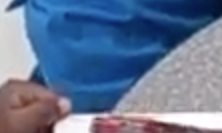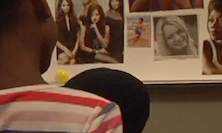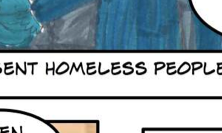Powerfull Voice of Kids - Digital & Media Literacy Education
- Demystifier
Description

Did you know that crime shows on television are filmed almost entirely in front of green screens? That when fast food companies advertise their products, they hire artists and sculptors to make the ingredients look more palatable? That magazine pictures are digitally manipulated? If any of these questions pique your curiosity, you might be a Demystifier. As a teacher, you are intent on “pulling back the curtain” of media production in all of its forms, from writing a book to editing a Hollywood film. When you teach students, you pull them into what at first seems like a secret conspiracy, but eventually becomes part of the foundation of their critical thinking—that is, asking good “how” and “why” questions—and classroom learning.
Protect
- Helping students identify how manipulation of images distorts our perceptions of reality.
- Defending students from negative messages from mass media and popular culture that have an impact on their self-esteem or self-image.
- Questioning students uncritical pleasure in the problematic media they use.
Empower
- Using demystification of media production processes to encourage students to make their own work.
- Asking students to make connections between the processes of media production and the media they use in their everyday lives.
- Encouraging students to ask their own questions about how and why media is constructed.
Strengths
Demystifiers are good at identifying teachable moments when students struggle to understand how and why media is constructed. Their students make meaningful connections to their home uses of media; often leave their classes saying that they will “never watch a movie,” “never read a book,” or “never use a website” the same way again.
Challenges
Demystifiers need to be on the lookout for confusion as they pull back the various curtains that conceal the constructedness of media—it is better for curtains to be opened (so to speak) in the service of a particular, meaningful lesson, and not simply to foster student engagement. Demystifiers also need to combat students’ cynicism as they learn about media’s constructedness; when students make their own work using their knowledge of constructedness, they understand that whether constructedness is “good” or “bad” depends on point of view and also the context in which it was produced.
Related Ideas
-
zoom
 Analyzing Advertising
...
Analyzing Advertising
...
-
zoom
 Interpreting & Creating Photos
Interpreting & Creating Photos
How do children learn to interpret visual media?...
-
zoom
 City as Classroom
City as Classroom
Creating a non-fiction comic about the life of a...